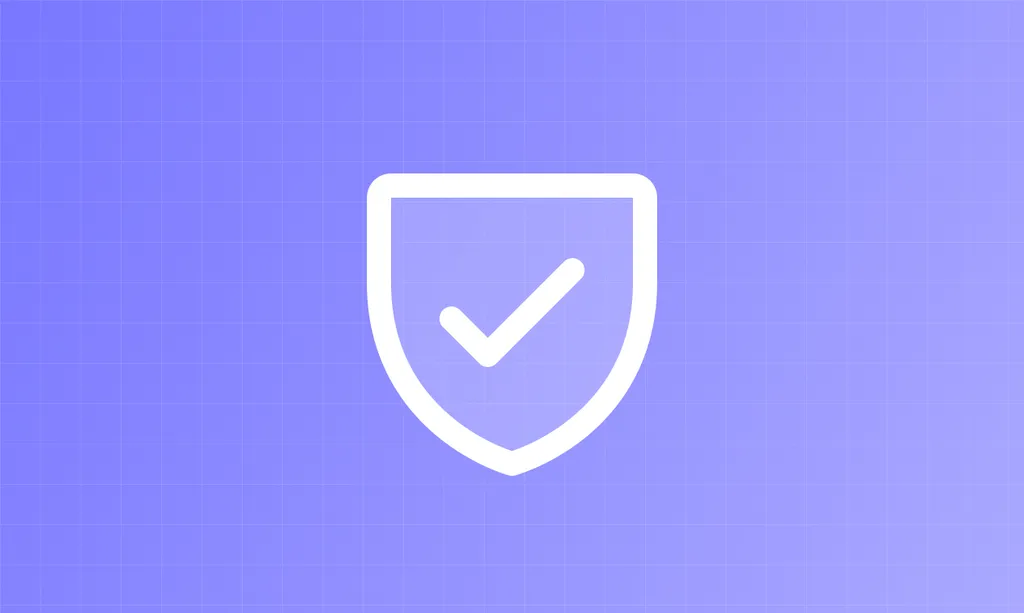
Data security is essential for both individuals and organizations. With cyber threats becoming more sophisticated, taking proactive measures can help safeguard sensitive information. Here are some effective strategies to enhance data protection and reduce security risks.
1. Use Passkeys Instead of Passwords When Possible
Passkeys provide a more secure alternative to traditional passwords by using cryptographic authentication instead of stored credentials. If passkeys are not yet supported for a specific service, use strong, unique passwords with a mix of:
- Upper and lowercase letters
- Numbers
- Special characters
A password manager can help securely store and generate complex passwords when passkeys are not an option.
2. Enable Multi-Factor Authentication (MFA)
Multi-factor authentication (MFA) adds an extra layer of security by requiring a second form of verification beyond just a password. This could be:
- A code sent via SMS or email
- A biometric scan (fingerprint or face recognition)
- A one-time passcode from an authentication app
MFA significantly reduces the risk of unauthorized access to your accounts.
3. Encrypt Your Data
Encryption protects your data by converting it into a coded format that can only be unlocked with the correct key. Use encryption for:
- Files stored on your devices
- Cloud storage
- Emails and sensitive communications
Most modern devices and software provide built-in encryption features—make sure to enable them.
4. Regularly Update Software and Systems
Outdated software often contains security vulnerabilities that hackers exploit. To protect your data:
- Keep your operating system, applications, and security software updated.
- Enable automatic updates where possible.
- Regularly patch any software vulnerabilities.
5. Be Cautious with Public Wi-Fi
Public Wi-Fi networks are a common entry point for hackers to intercept sensitive data. When using public networks:
- Avoid accessing sensitive accounts like banking or email.
- Use a Virtual Private Network (VPN) to encrypt your connection (make sure to use a trusted service).
- Turn off automatic Wi-Fi connections on your devices.
6. Secure Your E-Signatures with Confidential Providers
Many businesses rely on e-signatures for contracts and official documents. However, not all e-signature solutions offer the same level of security. To ensure data protection:
- Choose a provider that uses confidential computing to encrypt data during processing.
- Ensure audit trails and tamper-proof mechanisms are in place.
- Use secure, passwordless authentication methods like passkeys to log into your e-signature tool.
Secure e-signature solutions minimize the risk of unauthorized alterations and breaches.
7. Monitor and Limit Data Sharing
Be mindful of what personal or business data you share online. To enhance security:
- Review privacy settings on social media and online accounts.
- Only share sensitive information over secure, encrypted channels.
- Limit the number of third-party apps with access to your data.
8. Backup Your Data Regularly
Data loss can happen due to cyberattacks, hardware failures, or accidental deletions. To avoid losing critical files:
- Set up automated backups for important data.
- Use both cloud-based and offline (external hard drive) backups.
- Ensure your backups are also encrypted for additional security.
9. Train Employees and Family Members
Human error is a leading cause of data breaches. Educate employees or family members on:
- Recognizing phishing attempts and suspicious emails.
- Safe browsing habits and avoiding malicious websites.
- Best practices for password management and data sharing.
10. Use Secure Communication Channels
When sharing sensitive information, opt for end-to-end encrypted communication tools such as:
- Encrypted messaging apps (e.g., Signal or WhatsApp with end-to-end encryption)
- Text messages with RCS enabled.
Avoid sending sensitive data over unprotected channels like standard SMS or email without encryption.
Conclusion: Taking a Thoughtful Approach to Data Security
Data protection requires a combination of strong authentication methods, secure storage, and safe online practices. By adopting passkeys where possible, encrypting data, and using confidential computing for e-signatures, individuals and businesses can significantly reduce security risks.
Review your current security measures and consider upgrading to solutions that align with modern cybersecurity standards.
FAQs
Q: What is the best way to store passwords securely? A: If passkeys are not supported, use a password manager to generate and store complex passwords securely.
Q: How does confidential computing improve e-signature security? A: Confidential computing ensures that sensitive documents are encrypted even during processing, preventing unauthorized access.
Q: Why is public Wi-Fi risky for sensitive transactions? A: Public Wi-Fi networks can be easily compromised, allowing attackers to intercept unencrypted data.